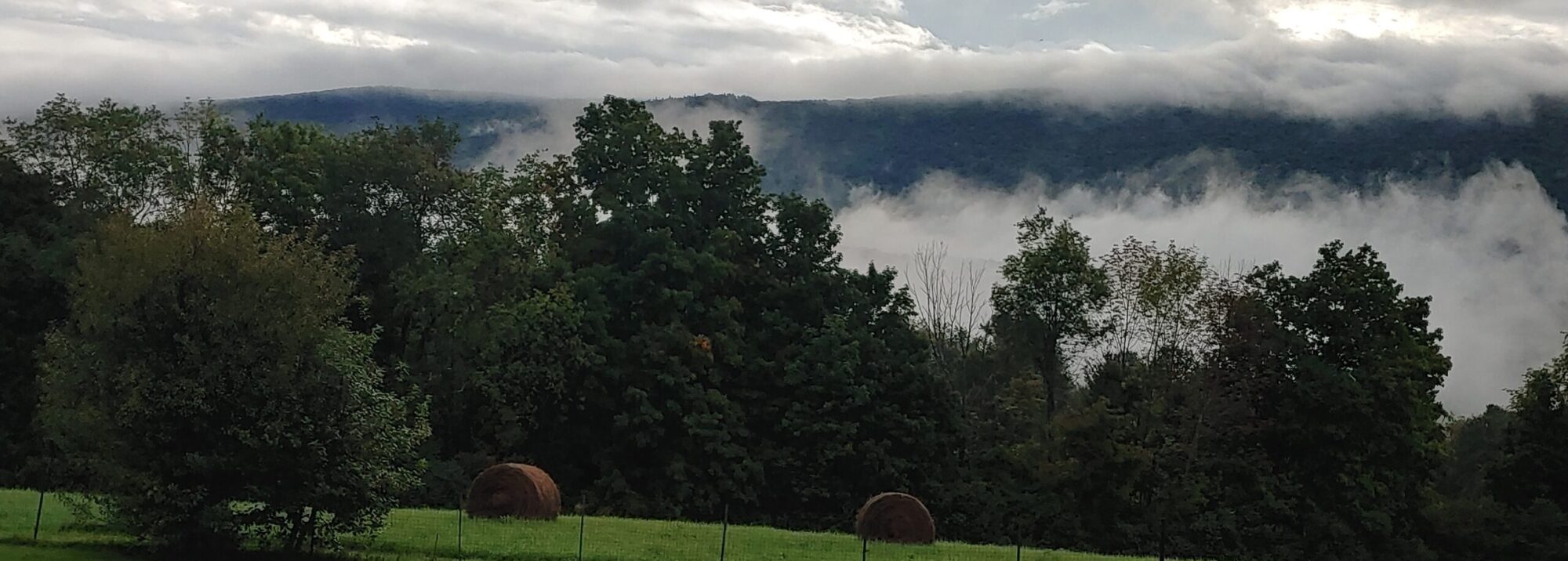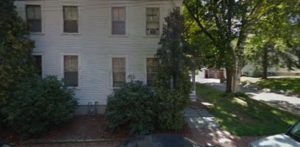It’s now the High Line Hotel. Before that, the Desmond Tutu Conference Center; right before that, the Chelsea apartment I called home for a year. It stretched the width of the building, wrapping around the grand marble staircase leading to General Seminary’s vaulted refectory. Windows on one side revealed dumpsters, a dilapidated parking lot, and the 10th Avenue municipal maintenance facility for Manhattan’s trash and utility trucks. The window on the opposite side offered a leafy view of a quiet garden alive with birds, butterflies, squirrels, and brown rabbits. This gothic building, along with several others, formed the wall that surrounded the entire block along 9th and 10th avenues, between 20th to 21st streets. My older son learned to walk on its painted wooden floors and its hosta-lined garden paths while my husband learned how to be an Episcopal priest and I wrote my dissertation.
It’s a curious space to occupy, the residential barrier betwixt garden and city traffic. In recent years, I’ve come to see it as an image of the spiritual life. Cultivating a quiet space of reflection and communion with God on the inside while living in the world of noise, opportunity, strife, and beauty. Without the larger world as a reference point, my spiritual life can become disconnected – something that only has to do with me and my particular understanding of God. Without a quiet space of reflection and worship, the noise of everyday life drowns out angel song and prophetic vision alike.
There were a lot of inconvenient things about living between garden and avenue – car exhaust sprinkled fine black powder on the window sills every day, the closest exit to the street was a half block walk, and there were three keys necessary to get from street to my front door. But I am grateful for all of them: a deeply faithful life that connects inner peace with the broken, beautiful world isn’t lived at my convenience – nothing true and sacred ever is, was, or could be convenient.
[For images, go to www.thehighlinehotel.com or gts.edu.]

